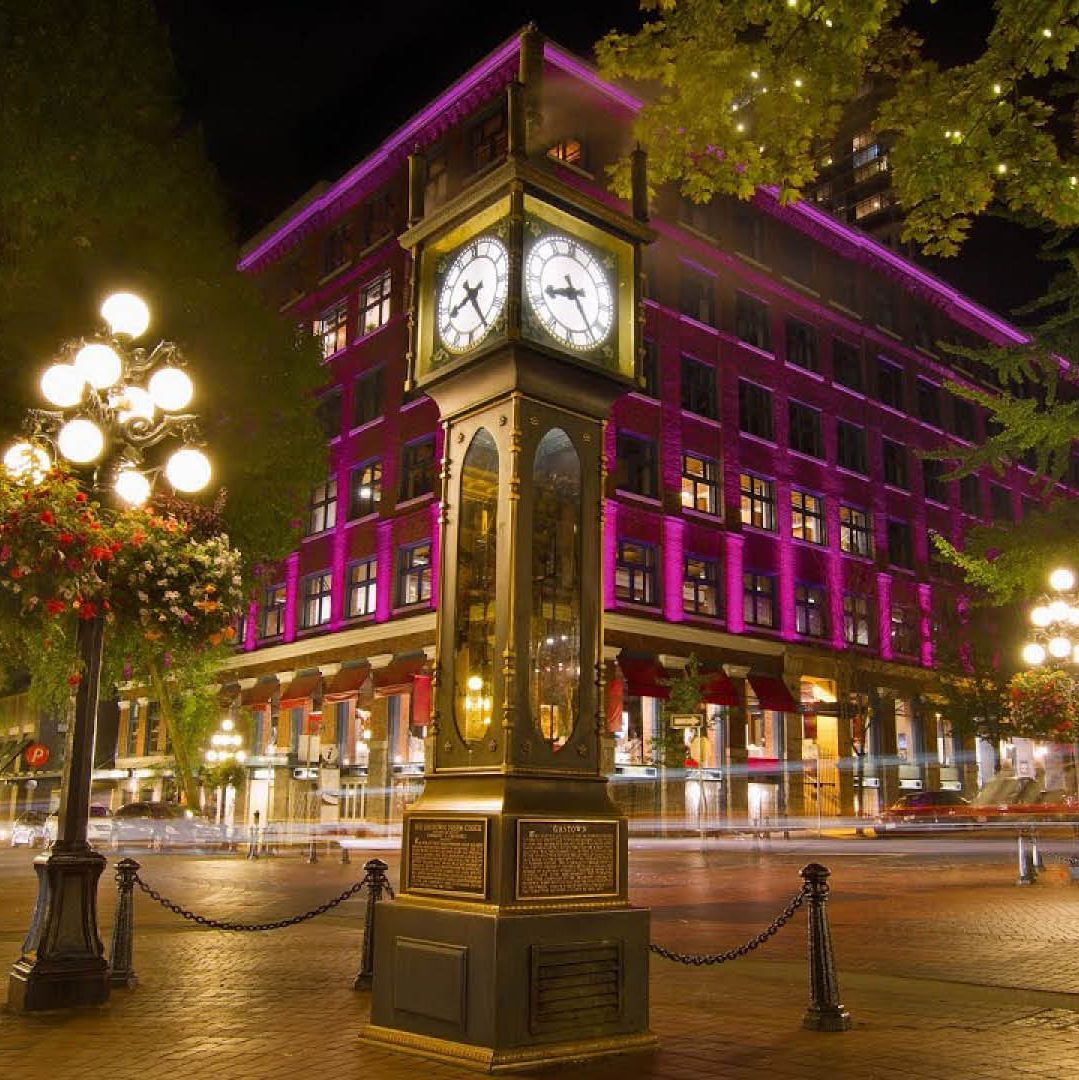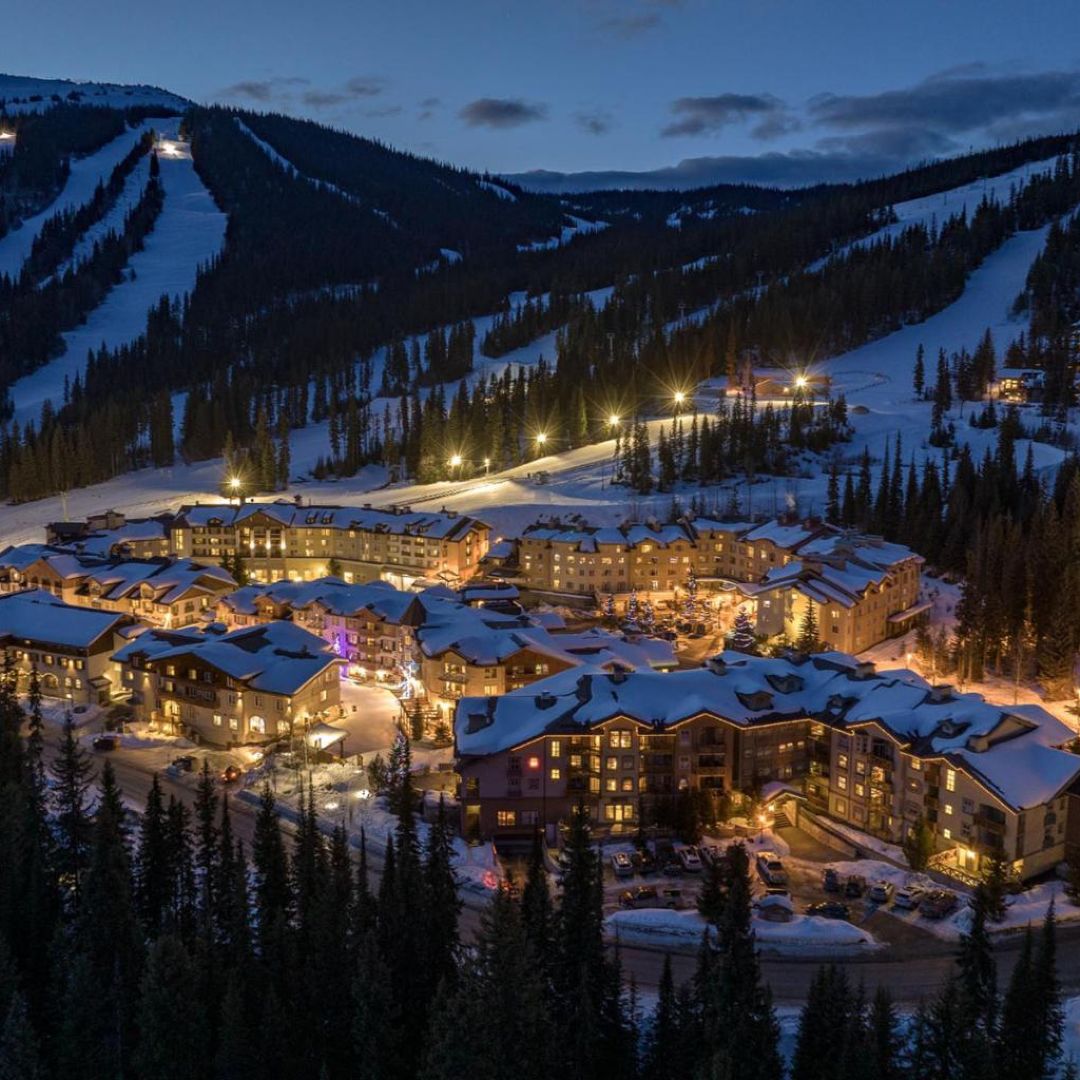Canada
It is a sovereign country located at the northern tip of North America, extending from the Atlantic Ocean to the east, the Pacific Ocean to the west, and the Arctic Ocean to the north. It is the second largest country in the world after Russia and also the northernmost. Industrially and technologically pioneering and advanced, it is considered one of the most developed countries on the planet: It is one of the components of the G-7 and the UN among many other important international organizations worldwide. It is considered one of the countries with the best quality of life and is one of the main tourist destinations in the world for several reasons: nature trips through its endless forests that turn intense red in autumn; for its Rocky Mountains that break the west of the country and dot it with lakes of incredible colors and ancient glaciers; for its fauna (eagles, polar bears, moose, black bears, orcas, whales and many more); for its amazing cities surrounded by nature like Vancouver, cosmopolitan like Toronto with Niagara Falls nearby or colonial like Quebec with its spectacular historic center.
Programs at Canada

Canada East Classic

Canada East Express

New Year's Eve in Canada

Canadian Rockies Express

This Fantastic (Canada-USA)

Mountains, lakes and alpine landscapes

Canada Coast to Coast

Canada with whales

Charms of the East (USA-Canada)

Discovering the East

Parks and capitals of western Canada

The best of the Canadian West

Trans-Canadian
What to see in Canada?
Parliament Hill
Rideau Canal
CN Tower (Canada National Tower)
Notre Dame Basilica of Montreal
Old Montreal neighborhood
Mount Royal
Mount Royal St. Joseph's Oratory
Château Frontenac
Quebec Parliament Building
Basilica of Sainte Anne de Beaupre
stanley park
English Bay
Useful information for traveling to Canada
Documentation
Tourists with Spanish nationality need a valid passport with a minimum validity of 6 months from the date of return and an Electronic Travel Authorization (eTA), the application for which is made online.
Language
The two official languages are English and French. There are bilingual, English-speaking and French-speaking regions.
Religion
The country's Constitution does not establish any official state religion. Religious pluralism is an important part of Canada's political culture, with the Christian religion being the most widespread in the country.
Traditions
Canadians are friendly, thanking and greeting everyone is one of their most popular customs. Another of their main habits is punctuality.
Climate
The average temperature in winter and summer varies by location. Winters can be harsh in many regions of the country, especially in the interior and prairie provinces, where a continental climate is experienced, with average daily temperatures of −15°C, but can dip below −40°C. . In landlocked regions, snow can cover the ground for almost six months (longer in the north). The British Columbia coast enjoys a temperate climate, with a warmer but rainy winter. On the east and west coasts, average temperatures generally do not exceed 20°C, while, between the coasts, the average summer maximum temperature ranges between 25 and 30°C, with occasional inland heat waves exceeding 40°C.
Health
No vaccination is required for travelers from Europe. Canada is one of the safest countries to drink drinking tap water.
Currency
The Canadian dollar is the monetary unit of Canada. It is divided into 100 cents. There are coins of 1, 5, 10 and 25 cents; and 1 and 2 dollars. And bills of 5, 10, 20, 50 and 100 dollars. €1 is equivalent to 1.50 Canadian dollars. Money can be exchanged in banks, hotel receptions and exchange offices.
Payment methods
Debit or credit cards can be used to pay in hotels, restaurants, stores, etc.
Electricity
The common voltage is 120 V. The plugs and sockets are type A / B. It is advisable to carry a travel adapter.
Means of transport
There are several ways to get around the country: taxis, buses, trains, metro, etc. Although every day it is more common to use a bicycle to get around.
Gastronomy
Canadian cuisine is diverse and tasty, from bison, elk or beef, to freshwater fish or seafood such as northern shrimp or snow crab. Each region has unique dishes and has a lot of influence from American, English and French cuisine, especially in French-speaking areas. One of the most representative dishes of this gastronomy is Tourtiere (a bread dough filled with pieces of meat), Macaroni and cheese (macaroni and gratin cheese) and Fiddleheads (made with ripe fern leaves, usually roasted, rolled and accompanied of side dishes such as chicken, potatoes and other vegetables).
Helpful tips
Tips in Canada are almost mandatory, and you must leave around 15% of the bill. It is frowned upon not to tip.
Hour
The time zone in Canada varies depending on the areas of the country and depending on the season. For example:
Summer time in:
-Atlantic coast GMT-3
-central-east GTM-5
-central-west and Rocky Mountains GTM-6
-Pacific coast GTM-7

